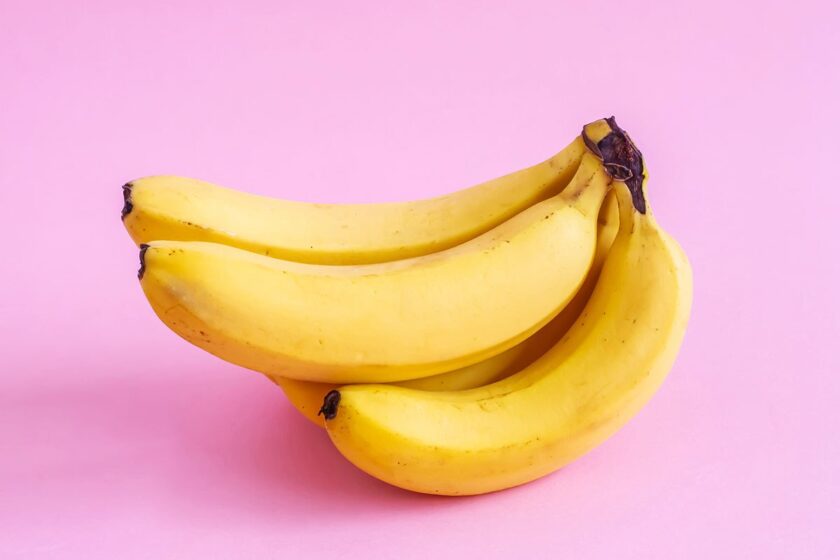
Potassium & Managing High Blood Pressure
Have you or a family member been diagnosed with high blood pressure? If the answer is yes, you’re not alone. There are about 75 million people in the United States alone with high blood pressure, which equates to about one in every three people. How serious is high blood pressure, also known as hypertension? You’ve probably heard the saying “serious as a heart attack”. Well, that certainly applies when discussing hypertension. It is considered to be the culprit behind 51 percent of all stroke-related deaths and 45 percent of heart disease deaths.
As with many of the more common health problems in developed countries today, the soaring number of high blood pressure cases is most likely linked to the diet many Americans enjoy. That is, a diet low in fresh fruits and vegetables, fish, and legumes but high in sodium. This is opposite of the diet our ancestors ate, and we are paying the price of our modern diet by struggling with health problems brought on by high blood pressure.
Fortunately for us, there are foods that we can add to our diet that can help to lower our blood pressure. These are foods that are rich in the nutrient potassium. Potassium is an electrolyte that our body uses to send messages through our nervous system and to help our muscles contract. Potassium keeps our heart beating and helps to ship nutrients into our cells. It also assists in maintaining healthy bones. Most importantly, several scientific studies found that consuming potassium-rich foods is an excellent strategy for lowering blood pressure.
So, what are some foods that are high in potassium? Let’s start with white beans. These legumes are very high in potassium. Just one cup will give you about 20% of your daily potassium requirement. I don’t know about you, but if I am eating a bowl of delicious white bean soup, I’ll probably be eating more than just one cup. White beans also happen to contain good amounts of thiamine, folate, iron, magnesium, and manganese. Other legumes that give us decent amounts of potassium are lentils, almonds, and macadamia nuts.
If you like salmon, then dig in! Just half of a filet will provide 15% of your daily potassium requirement. In addition, salmon is packed with high-quality protein, healthy omega-3 fats, and all kinds of vitamins and minerals. Not a fan of salmon? Most people like tuna, which is another fish that will give you a healthy dose of potassium.
Another potassium powerhouse is the avocado, providing as much of this nutrient as the white beans and salmon mentioned above. As if the potassium content alone weren’t enough to make us add avocados to our grocery lists, they also are high in heart-healthy monosaturated fats and very rich in fiber, antioxidants, vitamin C, vitamin K, vitamin B6, folate, and pantothenic acid. Guacamole, anyone?
Some of the other foods that can help us reach our potassium goal (which happens to be 4.7 grams per day, in case you’re interested) are potatoes with the skin on, spinach, yogurt, tomatoes and tomato products (like juice and tomato sauce), clams, bananas, mushrooms, oranges and orange juice, and eggs. Adding these foods to your daily diet will help to give you the potassium needed to get that blood pressure down to an acceptable and healthy level.
With all of the potassium-rich food choices available at our local grocery store, there really isn’t any reason to not give this healthy nutrient a try. Considering the many health problems associated with high blood pressure, and the many benefits of these nutrient-packed foods, what do you have to lose by adding some of them to your diet? Just a few points off those blood pressure numbers!

Recent Comments